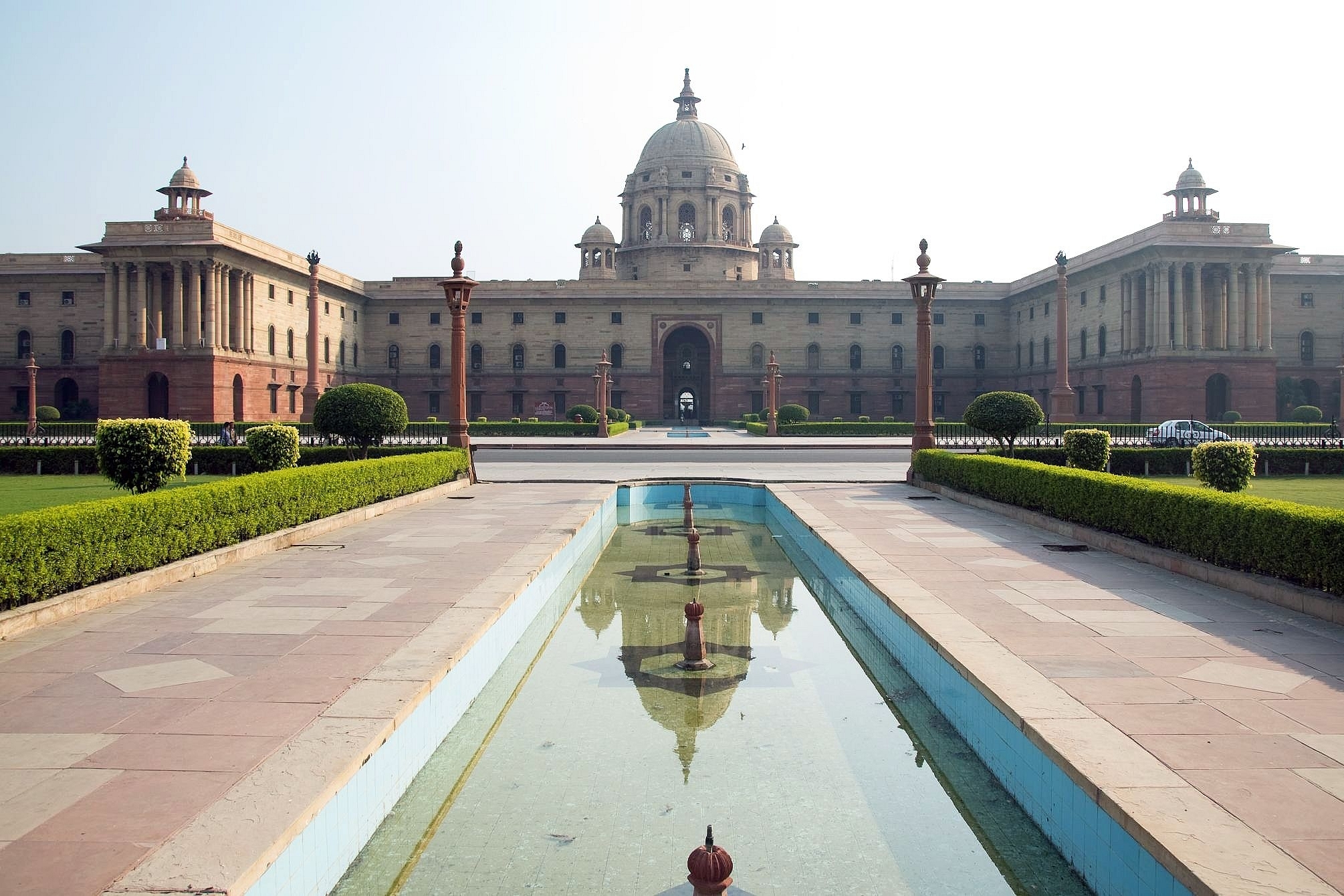News Brief
Defence Establishments To Come Up On The Pattern Of Pentagon At New Central Secretariat
- According to the plan, three out of 10 building blocks near Vigyan Bhawan at the Central Vista will be earmarked specifically for the Defence Ministry.

Central Secretariat
Defence establishments will be having large share in the new Central Secretariat comprising 10 buildings and a giant-size conference centre, as the architects of the upcoming iconic structures have finalised the plan on the drawing board.
According to the plan, three out of 10 building blocks near Vigyan Bhawan at the Central Vista will be earmarked specifically for the Defence Ministry on the lines of the Pentagon in the USA.
The new iconic structures to be built in the Central Vista shall be a legacy for 150 to 200 years at the very least, according to the Central Public Works Department (CPWD).
CPWD, the principal agency for creation and maintenance of all Central government assets, is responsible for redevelopment of Central Vista and a new Parliament building.
Iconic buildings including Rashtrapati Bhawan, Parliament House, North and South Blocks were built between 1911 and 1931 after architects Edwin Lutyens and Herbert Baker had planned the Central Vista.
According to the plan, the redeveloped 10 buildings as a part of the “Transformation of Central Vista” project will be enough to accommodate all the ministries and their subordinate organisations.
These buildings along the Rajpath will have a maximum height of up to 39 metres, according to the details submitted by the CPWD to the Environment Ministry for obtaining statutory clearances.
The 42 metre-tall India Gate is the tallest structure in the entire Central Vista area.
It is learnt that barring Defence, no other ministry will have a specific building earmarked for itself as all the new buildings will have more space to accommodate nearly 5,000 employees in each case.
Once the new secretariat becomes operational, the government can shift offices from South and North Blocks, as these buildings would turn into museums.
The government plans to start construction for the new Central Secretariat by June 2021 and the total expenditure is estimated at around Rs 11,000 crore.
The entire project is scheduled for completion in 2024.
According to the proposal submitted by CPWD, while a total of 3.96 lakh sq metres area will be demolished, the central agency has estimated a built up area of 17.54 lakh sq metres.
Each building will have two basements, which will be used for parking, and there will be parking on the surface in any of the buildings.
All these buildings will be identical and will have modern facilities, according to the plan.
Officials said the total built-up area will increase significantly as three new buildings will come up on the 25-acre land parcel, which is now with the Indira Gandhi National Centre for Arts (IGNCA).
The IGNCA will be finally shifted to Jamnagar House area. As a stop gap arrangement, the IGNCA will operate from Janpath Hotel.
Transport Bhawan and Shram Shakti Bhawan would be redeveloped and used as chambers for MPs and also for parking.
The plan envisages that a maximum of 1,500 permanent staff and 15,000 temporary labourers will be employed at any given time during the construction of the new Central Secretariat.
As the Modi government sets the ball rolling for massive redevelopment of the Central Vista from the gates of Rashtrapati Bhawan to India Gate, a new tourist attraction at the heart of the capital city is likely to come up as a result.
The CPWD will also take up the task of renovating North and South Blocks as national museums. While North Block will be re-designated as National Museum “India since 1984”, South Block will be redesigned as National Museum “India up to 1857”.
The CPWD will also carry out the construction of the new Vice-President’s block close to North Block and PM House near South Block.
Support Swarajya's 50 Ground Reports Project & Sponsor A Story
Every general election Swarajya does a 50 ground reports project.
Aimed only at serious readers and those who appreciate the nuances of political undercurrents, the project provides a sense of India's electoral landscape. As you know, these reports are produced after considerable investment of travel, time and effort on the ground.
This time too we've kicked off the project in style and have covered over 30 constituencies already. If you're someone who appreciates such work and have enjoyed our coverage please consider sponsoring a ground report for just Rs 2999 to Rs 19,999 - it goes a long way in helping us produce more quality reportage.
You can also back this project by becoming a subscriber for as little as Rs 999 - so do click on this links and choose a plan that suits you and back us.
Click below to contribute.
Latest